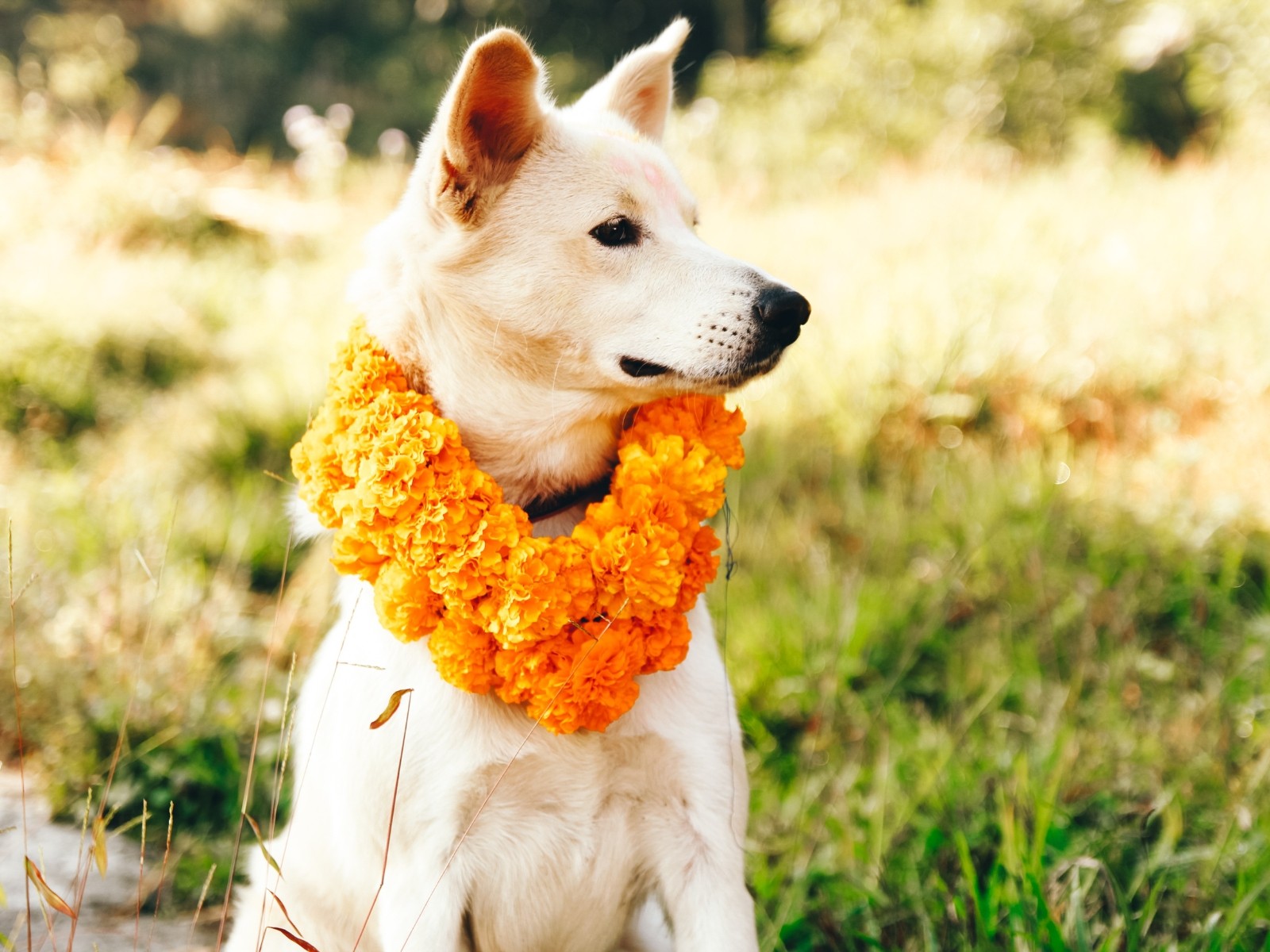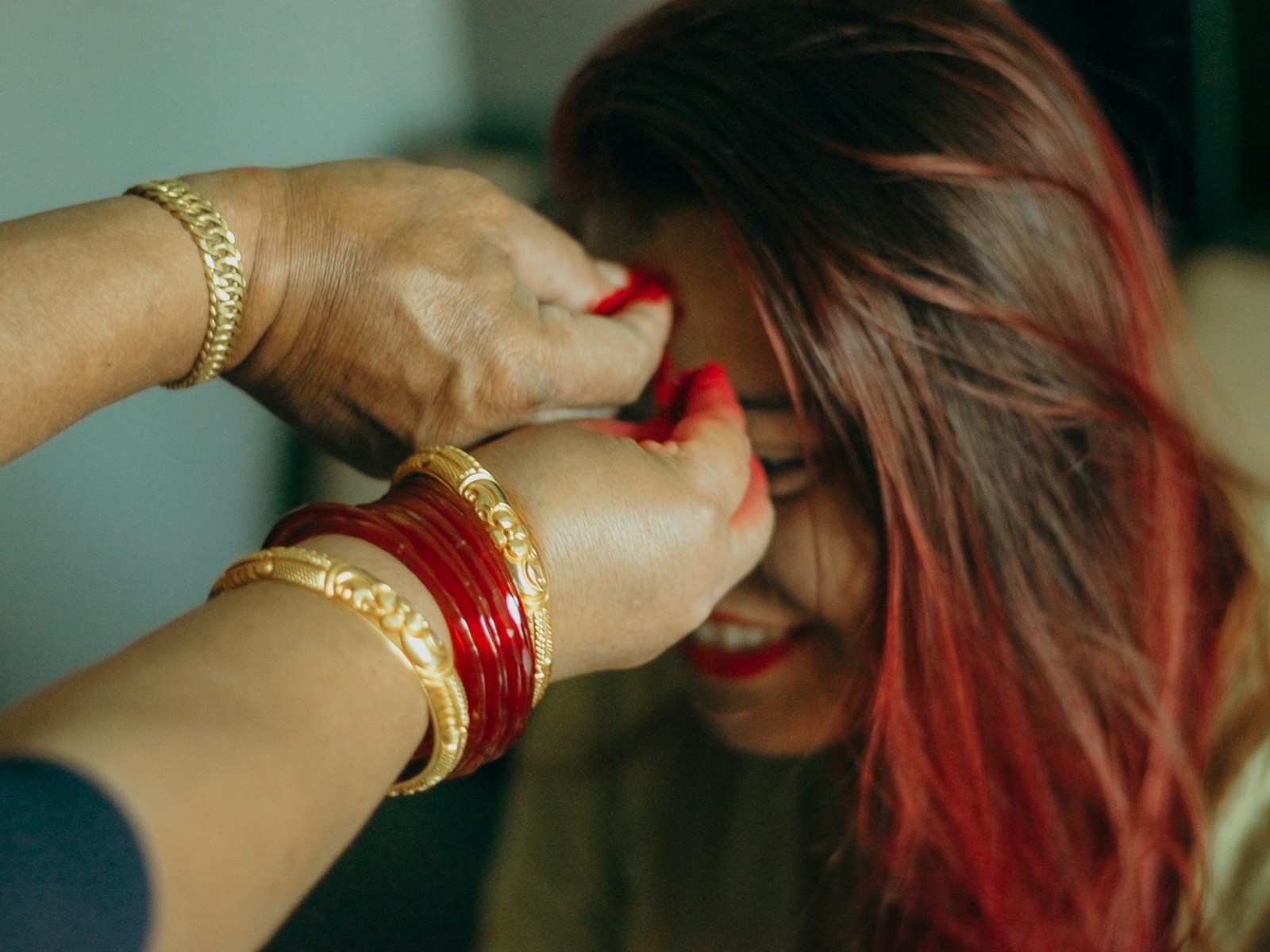Teej
18 September 2023
The festival of women, Teej, is celebrated as the reunion of the Hindu god Shiva and goddess Parvati. Women wear red saris and hennas and get together to dance, sing, and tell stories while reading religious books. Married women keep fasting for the long life of their husbands, while unmarried women wish for a good husband. The day before the fasting, women gather for a feast known as Darr and once the fasting starts, they eat only after seeing the full moon.


Holi
08 March 2023
24 March 2024
The festival of colour, Holi, is a joyous festival welcoming spring in Nepal and India. In accordance with Hindu roots, Prahlad, a devotee of Lord Vishnu, was born as the son of the demon Hiranyakashipu. In the despise of his son's faith, Hiranyakashipu ordered his sister Holika who was resistant to fire, to sit in a fire with Prahlad in her arms. Prahlad kept chanting Lord Vishnu's name, and soon, Holika was burned in the fire while Prahlad remained unharmed. So the Holi celebrates the victory of good over evil. People gathers around open spaces to put colors to each other, sing songs and dance to enjoy with friends and families.
Tihar (Deepawali)
November 10 - November 14, 2023
November 01 - November 03, 2024
According to myth, Yamaraj, the god of death, came to take a guy's soul. His sister begged to have his brother's life to be spared. Her relentless begging and crying made Yamaraj spare the guy's life on one condition. He won't be taking the guy's life until his hair is wet and the flower he got doesn't die. The clever sister bathed the hair of the guy in the oil, making it wet all the time, and made him a garland of Globe Amaranth, which never withers. Impressed by the girl's cleverness, Yamraj spares the guy's soul. Dog (Man's best friend), crow (god's messenger), cow (symbol of mother), and Ox (the symbol of hard work) are worshipped during the festival ending with sisters putting rainbow color tikas on brothers' forehead and giving them Globe Armanath garlands. Brothers promise to protect their sisters and also provide them with a gift. It is also called the festival of colors, as beautiful lights are shined everywhere to worship and welcome the goddess of wealth, Laxmi.


Dashain (Bijaya Dashami)
October 15 - October 24, 2023
October 03 - October 12, 2024
Celebrated for 15 days, Dashain is one of the most popular festivals in Nepal. According to Hindu Mythology, demon MAHISHASURA ran havoc in Heaven after getting a boon from the God Shiva (One of the three primary Hindu gods). He was so egoistic that he thought no woman could match his strength, so he asked to be unbeatable and unkillable by any man as a boon. Durga, the goddess of war, power, and motherhood, battled the demon for nine days and won on the tenth. Nine manifestations of Durga are worshipped each day, while elders put on tikas and give blessings to the younger family members in the tenth. Kids are also gifted clothes and money.
Rato Machindranath Jatra
According to myth, centuries ago, there was a drought in Kathmandu Valley. While trying to find the cause, it was revealed that a powerful Yogi (Saint), Gorakhnath, was meditating, cushioning the nine-headed serpents whose duty was to make rainfall. Machindranath (Teacher of Gorkahnasth) was brought from Assam (reincarnated as the 108th son of Assam's king) to free the serpent. After seeing Machendranath, Gorakhnath came out of meditation, and the serpent was free. Later Machendranath was taken to Lalitpur, from where the chariot festival started. The festival is celebrated for weeks yearly, pulling the chariot from each town to another in Kathmandu valley.


Bisket Jatra (Nepali New Year)
April 14, 2023
April 13, 2024
Celebrated by an ethnic community of Newars, the festivals align with the Nepali New Year. Chariots are assembled and decorated with the status of gods inside and pulled by hundreds of people. There is also a tug of war between neighbourhoods to decide who will be able to take the chariot to their locality as it is believed it will bring fortunes for the locals. It is celebrated with music from Nepali instruments, colours, and feasts.